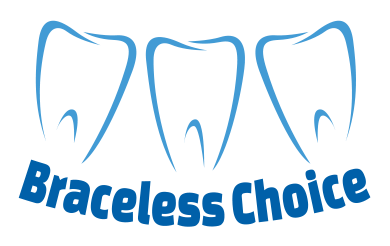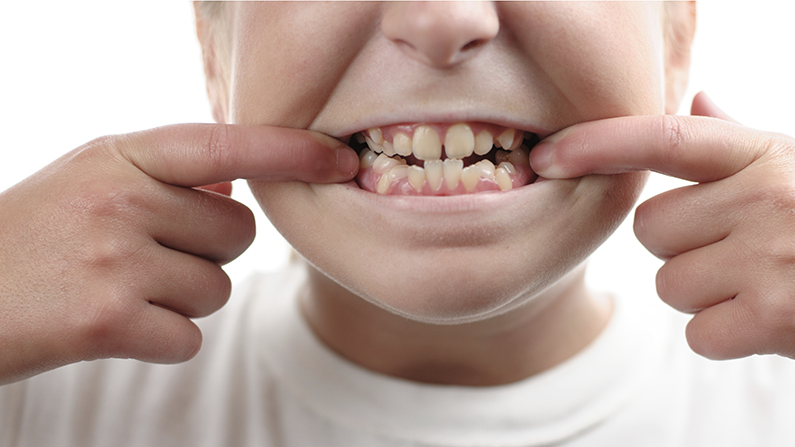Children’s teeth can develop incorrectly for a number of reasons, including genetic factors, childhood habits such as thumb sucking, and obstructed airways or chronic mouth breathing.
Crooked teeth and “bad bites” – what we usually refer to as “malocclusion” – usually requires some kind of orthodontic treatment to correct.
There are a few things that parents can look out for to ensure their children grow up with healthy and confident smiles, and many of these can be treated with Early Interceptive Dental Treatment if diagnosed early enough.
What is malocclusion in children?
Malocclusion is when a child’s teeth become crooked or crowded. They may also have a problem with their bite, where the teeth of the upper jaw don’t meet normally with the teeth of the lower jaw when the jaw is closed.
“Bad bites” can be one of the following:
- Overbite. The front teeth in the upper jaw stick out over the teeth in the lower jaw.
- Underbite. The teeth in the lower jaw stick out over the teeth in the upper jaw.
- Open bite. The front teeth don’t meet when the jaw is closed.
- Crossbite. When the top teeth are horizontally misaligned with the bottom teeth.
Malocclusion may cause a child to have:
- Problems eating or speaking
- Teeth grinding
- Loss of baby teeth too soon or very late
- Mouth breathing
- Tooth decay
- Gum disease
- Jaw joint problems
What causes malocclusion in a child?
Malocclusion can sometimes be caused by an injury to the jaw. But it’s often the result of other factors such as jaw size and shape (usually genetically determined), behaviours such as thumb, finger or dummy sucking beyond the age of 4, tongue-thrusting, long-term mouth breathing or early loss of baby teeth. Malocclusion tends to worsen as a child grows.
Children with a very small space between their baby teeth are also at risk of developing malocclusion when their permanent teeth come in as these teeth are larger and need more space.
How is malocclusion treated in a child?
Treatment will depend on your child’s symptoms, age, and general health. It will also depend on how severe the condition is. It is recommended that treatment for malocclusion commences before the permanent teeth come in – between 5 – 11 years of age.
The goal of treatment is to straighten the teeth and improve the look of your child’s smile. Straightening teeth can also help prevent tooth decay and other oral health issues, as straight teeth are easier to clean.
Early Interceptive Dental Treatment of malocclusion reduces the likelihood of more serious treatments, including removal of permanent teeth, jaw surgery and braces. Dr Prokop will be able to assess your child’s condition and recommend the best treatment program. This may include:
- Functional Jaw Orthopaedics using removable appliances
- Myofunctional Therapy to strengthen the facial muscles, correct dysfunctional orofacial habits (thumb and finger sucking, nail biting) and improve closed mouth posture
- Osteopathic Treatments to improve posture of the jaw, the tongue and the way the bones of the face grow
- Buteyko breathing retraining to reduce mouth-breathing and encourage breathing through the nose.

